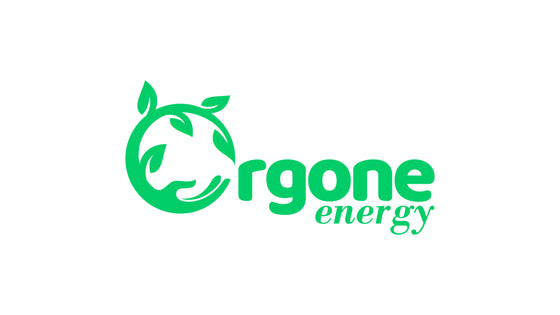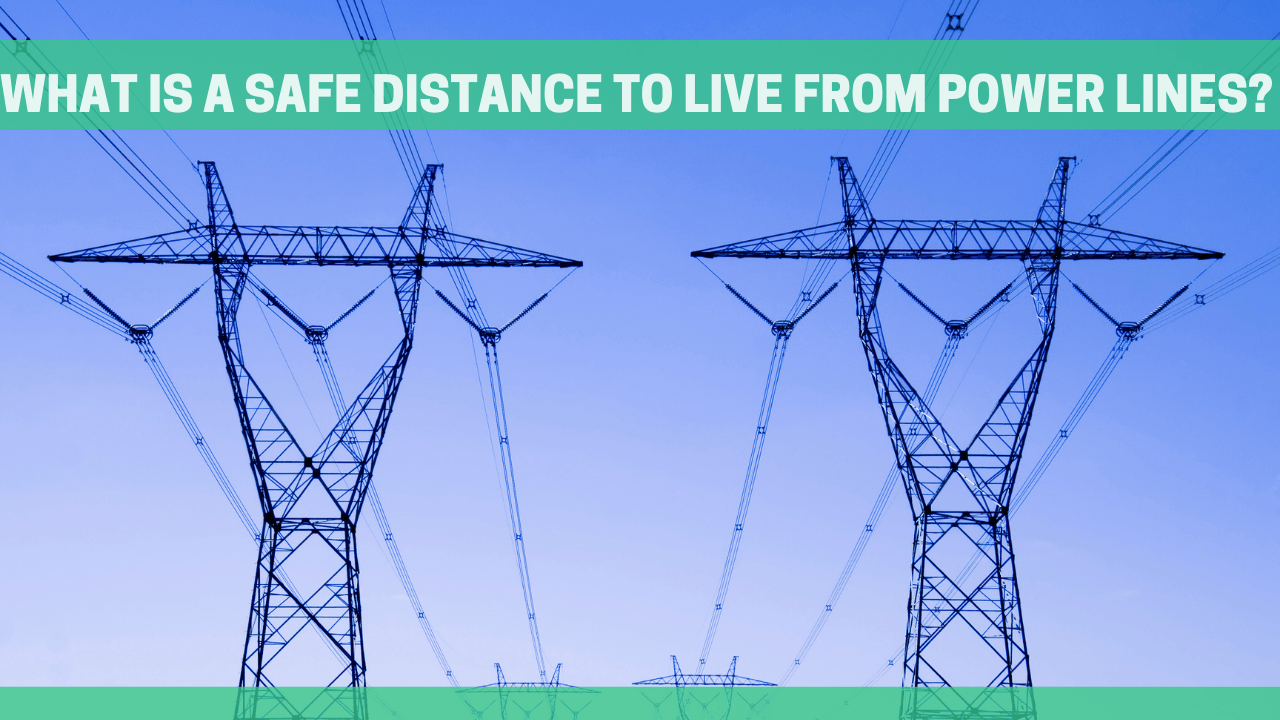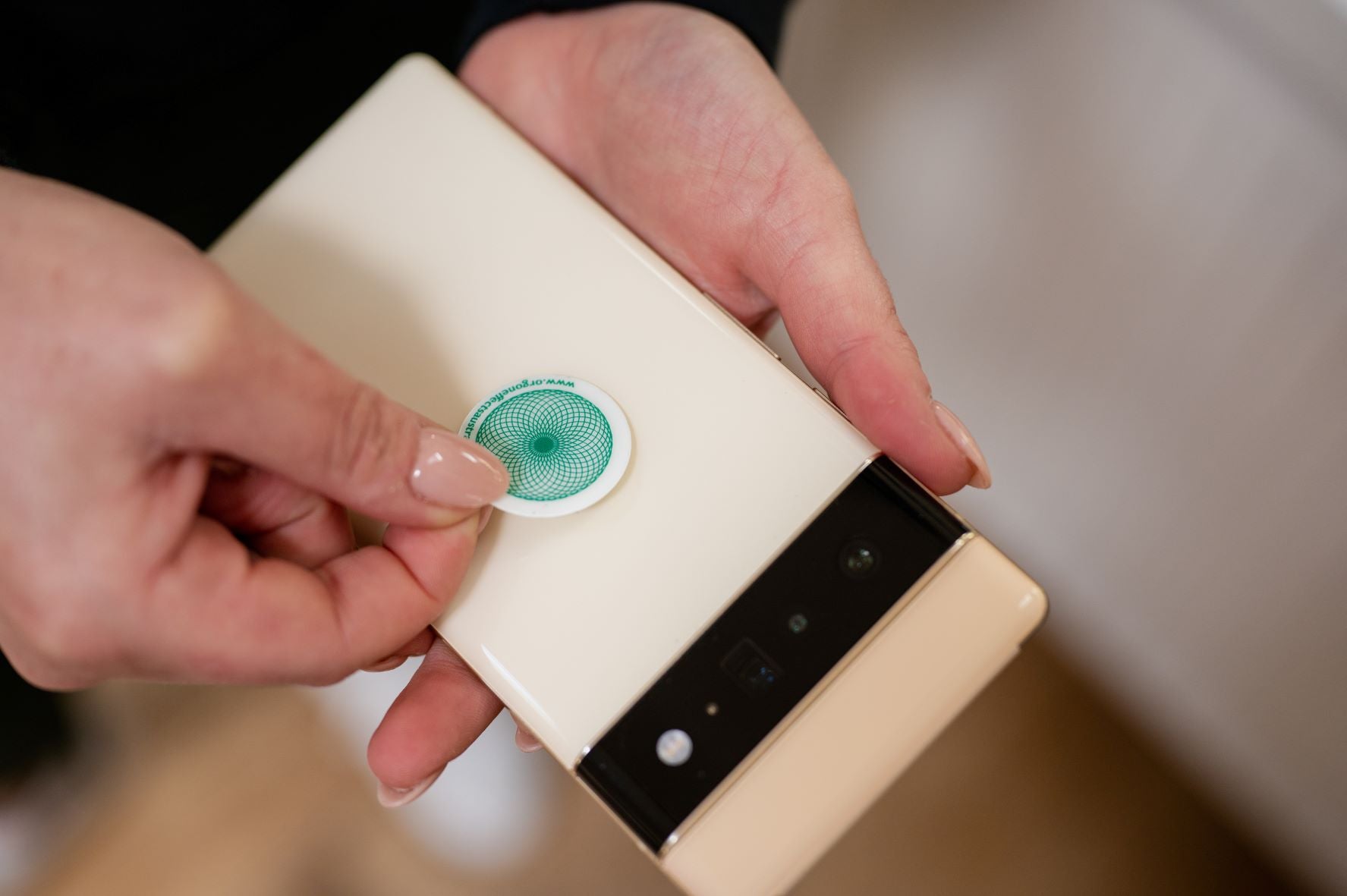LED lights have revolutionized how we illuminate our homes and workplaces. But with this innovation comes a question: can the light we use to see actually harm us? Let's explore the science of LED radiation and its potential risks.
What are LED Lights?
Light-emitting diodes, or LEDs for short, are electronic light sources. Unlike traditional bulbs that heat up, LEDs produce light when electricity flows through them.
For many years, LEDs were limited to basic colors like red, yellow, and green. This made them perfect for indicator lights on electronics like alarm clocks and remotes. However, everything changed in the 1990s with the invention of the first efficient blue LED.
By combining this new blue LED with a special material, scientists could create white light bright enough to illuminate entire rooms. This breakthrough paved the way for the widespread use of LEDs in general lighting applications.
The rise of LEDs has dramatically increased our exposure to blue light. From their familiar use in light bulbs to more unexpected applications like car headlights, traffic signals, and even glowsticks, LEDs are everywhere.
This rapid integration into our daily lives, from building lighting to smartphone screens, means we're encountering blue light at significantly higher levels than ever before.
Do LED Lights Emit Radiation?

LED lights have gained popularity in recent years due to their energy efficiency and long lifespan. While the benefits of LED lights are widely known, there are concerns about the potential radiation they emit.
Understanding the Different Types of Radiation
Radiation is the emission of energy as electromagnetic waves or as moving subatomic particles. There are two main types of radiation: non-ionizing radiation and ionizing radiation.
Non-ionizing radiation includes microwaves, radio waves, and visible light. These forms of radiation have lower energy levels and longer wavelengths. Microwaves are used in everyday appliances like microwave ovens and cell phones. Radio waves, on the other hand, are employed in telecommunications. Visible light allows us to see the world around us.
Ionizing radiation, on the other hand, has higher energy levels and shorter wavelengths. It includes gamma waves, X-rays, and ultraviolet (UV) radiation. Atomic excitation, a process that occurs when an atom absorbs energy and its electrons move to higher energy levels, is responsible for the production of UV radiation. This process happens when an atom's electron absorbs energy from an external source, such as an electrical discharge or intense light. As the electrons return to their original energy levels, they emit UV radiation.
The key thing to understand is that LED lights emit a very specific type of radiation: optical radiation. This is a broad term encompassing all light, including the kind we can see (visible light) and some types we can't (infrared and ultraviolet).
Here's how LED radiation compares to others:
- Sun: The sun emits a whole spectrum of radiation, including ultraviolet (UV) which can be harmful. LEDs, on the other hand, emit very little to no UV.
- Incandescent bulbs: These bulbs generate light by heating a filament, which produces a mix of visible and infrared (IR) radiation. While IR isn't harmful, it contributes to heat generation. LEDs emit much less IR heat.
- Fluorescent lights: Similar to LEDs, they emit visible light, but use ultraviolet light to excite a phosphor coating that creates the visible light. However, some fluorescent bulbs may leak small amounts of UV.
- Radio waves and microwaves: These fall under a different category of radiation on the electromagnetic spectrum and are not emitted by LEDs. They have much lower energy than light waves.
Common Concerns About LED Light Radiation

Do LED Lights Emit Radiation?
In reality, LED lights produce very minimal amounts of radiation, particularly in the form of UV rays. During the production process, manufacturers take measures to minimize the UV radiation emitted, making LED lights safe for use in households and workplaces.
However, LED lights produce optical radiation, which is a broad term encompassing all forms of light. This includes visible light, which we can see, as well as invisible types like infrared and ultraviolet rays.
Do LED Lights Increase Cancer Risk?
A 2018 study published in Environmental Health Perspectives by researchers at the Barcelona Institute for Global Health explored a possible link between nighttime blue light exposure and cancer risk.
The study, which involved over 4,000 participants in Spain aged 20-85, found an association between nighttime blue light exposure and an increased risk of breast and prostate cancer. The researchers suggest this association may be due to the disruption of sleep patterns by blue light, which can affect hormone levels.
Do LED Lights Cause Other Health Issues?
A recent study explores the impact of LED lights on our physical and mental health. While light bulbs revolutionized productivity, education, and industry by extending our active hours, they also disrupted our natural sleep-wake cycles. Nighttime light exposure can potentially lead to various health concerns, including depression and diabetes.
The rise of blue light-emitting diodes (LEDs) has intensified this concern.
Blue light, considered the most disruptive to circadian rhythms, is present in most LEDs.
These LEDs often use a combination of blue light with a yellow coating to create white light, resulting in a higher ratio of blue light compared to traditional bulbs.
Do LED Lights Cause Eye Damage?
The widespread use of LEDs has sparked concerns about the safety of their light emissions. While some lab studies using very high light intensity and long exposure times suggest potential damage to retinal cells from blue and white LEDs, these conditions are far outside the range of normal human use. It's important to note that similar effects could be observed with other light sources under extreme circumstances. Ongoing research is needed to fully understand the long-term impact of LED exposure on human health.
New research on rats suggests that even everyday levels of blue light emitted by white LEDs could pose a risk of retinal damage, not just under extreme conditions used in past studies.
This raises concerns, as current safety standards primarily focus on short-term, high-intensity light exposure.
Further investigation is needed to understand the long-term effects of repeated exposure to blue light from LEDs at typical home and workplace lighting levels.
When examining the retinas under a microscope, scientists observed signs of cell death (apoptosis and necrosis) in the light-sensitive cells (photoreceptors) of animals exposed to blue light from LEDs.
This suggests the light may have caused damage through a process called photochemical injury.
Additionally, the animals exposed to LEDs had higher levels of free radicals in their retinas, which can contribute to cell damage. Interestingly, the damage was more severe in the LED group compared to those exposed to light from compact fluorescent lamps (CFLs).
Some research concludes the only group at risk for retinal damage due to LED lighting are premature infants, those who have eye surgery and those who naturally suppress their photophobic responses such as stage actors.
More research focused on how blue light from LEDs might affect the retina. The team looked for signs of stress and damage in the light-sensitive cells (photoreceptors) at the back of the eye. The results showed that LED light caused harm, including damage from oxidation and cell death. This cell death wasn't limited to just one type, but included several processes. Interestingly, the severity of the damage seemed to depend on the specific wavelength of the blue light. Overall, the findings suggest that blue light from LEDs can be toxic to the retina, particularly damaging photoreceptors and causing cell death.
Do LED Lights Cause Skin Aging?
LED lights do not emit any significant amount of UV radiation, which is primarily responsible for these effects. Therefore, using LED lights does not pose a higher risk of skin aging or cancer compared to other types of lighting. In fact, one study has shown LED therapy can actually improve acne.
Exploring the Health Effects of LED Light Radiation

LED light radiation, which includes both UV and optical radiation, can have potential health effects on individuals. UV radiation from LED lights can lead to skin damage, sunburn, and an increased risk of skin cancer. Prolonged exposure to UV radiation may cause DNA damage in skin cells, leading to the development of malignant cells. It is important to note that while UV radiation is a concern for LED lights, it is typically a low level compared to natural sunlight.
Additionally, the use of UV-LEDs in the cosmetic industry poses risks. UV-LEDs are commonly used in tanning beds, gel manicures, and teeth whitening procedures. These practices can lead to adverse effects on the skin, including premature aging, eye damage, and an increased risk of skin cancer. However, there is still insufficient data to accurately assess the risks for professional operators, as studies focusing specifically on their exposure are limited.
Moreover, artificial lighting can also pose a subtle threat to health. Exposure to specific types of UV light, such as UVA and blue light, can increase the likelihood of certain diseases. Excessive exposure to blue light, which is emitted by LEDs and electronic devices, can disrupt sleep patterns, contribute to eye strain, and potentially increase the risk of age-related macular degeneration.
Research and Studies on LED Light Radiation

Research and studies on LED light radiation have been conducted to understand its potential health effects and provide recommendations or guidelines.
LEDs emit visible light, but they can also emit ultraviolet (UV) radiation, which is concerning due to its links to skin damage and eye problems. Several studies have measured and evaluated the UV radiation levels emitted by different types of LEDs.
Findings have shown that while some LEDs do emit low levels of UV radiation, it is usually within the safe limits defined by health and safety standards. However, it is important to note that exposure to high-intensity UV LEDs, such as those used in medical or industrial applications, may pose risks and requires careful handling.
Experts and government agencies have recommended guidelines for safe exposure to LED UV radiation. The International Commission on Non-Ionizing Radiation Protection (ICNIRP) has established exposure limits for UV radiation from artificial sources, including LEDs, to protect human health. They recommend that the exposure levels should not exceed the established limits to avoid adverse health effects.
LED Light and Blue Light Radiation

There are also concerns about the transition to LED lighting and its association with blue light exposure. Research published in the journal Science Advances cites concerns with the increase of LED lighting used at night in Europe and the potential health effects. One primary concern is the suppression of melatonin, a hormone that regulates sleep.
Blue light also impacts the behavior of some animals, namely bats and moths as well as makes it difficult to see the night sky.
How to Protect Yourself From LED Light Radiation
LED light radiation can potentially harm our eyes and overall health. However, there are various measures we can take to protect ourselves from this radiation.
Firstly, choosing LED lights with warm color temperatures can be beneficial. Cooler color temperatures emit more blue light, which is known to be more harmful. Warm color temperatures emit a softer, more natural light that is less likely to cause eye strain or disruption to our circadian rhythm.
Implementing dimmers is another effective way to protect ourselves from LED light radiation. Dimming the lights can help reduce the intensity of the light, decreasing the amount of radiation emitted.
Taking regular breaks from exposure to LED lights can also help minimize the effects of radiation. Giving our eyes a rest and focusing on objects at a farther distance can relieve eye strain and prevent potential long-term damage.
Using blue light filters can further safeguard us from LED light radiation. These filters are available for electronic devices such as smartphones, tablets, and computers, and they reduce the amount of blue light emitted from the screen.
At Orgone Energy, we offer a variety of stylish blue light blocking glasses designed to combat these issues. Our glasses filter out a significant portion of blue light, potentially reducing digital eye strain, promoting better sleep quality, and keeping your eyes feeling refreshed.
Look Good, Feel Good, See Clearly!
We have a variety of frames to suit your taste:
- Vintage Vibes, Modern Protection: Channel timeless elegance with our vintage-inspired blue light blockers.
- Classic Comfort, Cutting-Edge Care: Enjoy sleek minimalism and ultimate comfort with our classic everyday frames.
- Protecting Our Future Stars: Keep your little ones' eyes safe with our fun and colorful kids' frames, designed for developing faces.
Benefits for the Whole Family:
No matter your style preference, all Orgone Energy blue light blocking glasses offer:
- Reduced Eye Strain: Experience comfortable screen time for longer.
- Improved Sleep Quality: Promote healthy melatonin production for better sleep.
- Stylish Protection: Look good and feel good while protecting your eyes.
- Durable Comfort: High-quality materials and ergonomic frames ensure long-lasting comfort.
Browse our collection today and discover the perfect pair for you!







